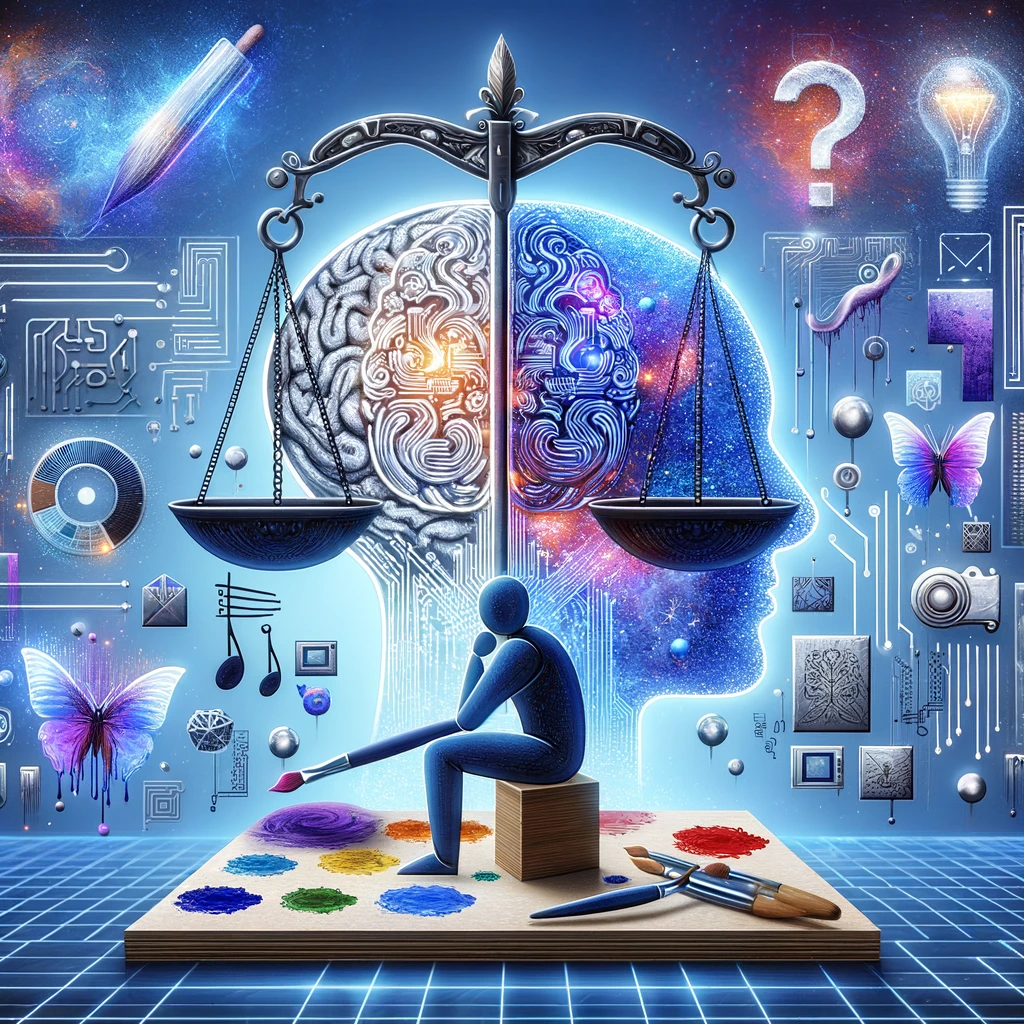Introduction to AI Image Generation
Artificial intelligence (AI) has significantly advanced, enabling the creation of highly realistic and artistic images through technologies such as Generative Adversarial Networks (GANs) and other deep learning models. These AI systems can generate images from textual descriptions, replicate styles of famous artists, and even create entirely new visual concepts. While these advancements open vast possibilities for creativity, they also raise critical ethical questions regarding originality, copyright, data privacy, and the potential for misuse.
Ethical Considerations
1. Copyright and Intellectual Property Rights
One of the primary ethical concerns surrounding AI image generation is the infringement of copyright and intellectual property rights. AI models are trained on vast datasets that often include copyrighted images, raising questions about the legality of their output. The challenge lies in distinguishing between inspiration and infringement, especially when AI can replicate the style of specific artists or generate images based on copyrighted content.
2. Data Privacy and Consent
The training datasets for AI models may include images sourced from the internet without the explicit consent of the individuals or creators involved. This practice poses significant data privacy concerns and highlights the need for ethical data collection practices, including obtaining consent and ensuring the anonymity of individuals whose images are used for training purposes.
3. Bias and Fairness
AI systems can perpetuate or even exacerbate biases present in their training data. When it comes to image generation, this can result in stereotypical or prejudiced representations of certain groups, reinforcing harmful stereotypes. Ensuring fairness and mitigating bias in AI-generated images requires conscious efforts in dataset curation and model training.
4. Misuse and Disinformation
The potential for AI-generated images to be used maliciously, such as creating fake images for disinformation campaigns, deepfakes, or other forms of manipulation, is a significant ethical concern. This capability necessitates the development of technologies and policies to detect AI-generated content and educate the public about the existence and implications of such technologies.
Creative Freedoms
While ethical considerations are paramount, AI image generation also offers unprecedented creative freedoms that merit exploration.
1. Democratization of Creativity
AI image generation tools lower the barrier to entry for creating visual content, enabling individuals without traditional artistic skills to bring their visions to life. This democratization of creativity can lead to a more inclusive and diverse artistic landscape, fostering innovation and expression.
2. Exploration of New Artistic Horizons
AI offers the ability to explore new artistic styles and concepts that may not be achievable through traditional means. Artists can collaborate with AI to create unique compositions, pushing the boundaries of creativity and exploring new dimensions of art.
3. Personalization and Customization
AI-generated images can be tailored to individual preferences and needs, offering personalized content creation for various applications, from marketing to entertainment. This level of customization enhances user engagement and opens new avenues for creative expression.
Balancing Ethical Considerations with Creative Freedoms
The challenge lies in navigating the fine line between leveraging AI for creative expression and ensuring ethical practices. Establishing guidelines and standards for the ethical use of AI in image generation is crucial. This includes transparently disclosing the use of AI, respecting copyright and intellectual property rights, ensuring fairness and inclusivity, and safeguarding against misuse.
Moreover, ongoing dialogue among technologists, artists, legal experts, and ethicists is essential to address the evolving ethical challenges and harness AI’s potential responsibly. Education and awareness about the capabilities and limitations of AI image generation can empower users to critically engage with AI-generated content, distinguishing between genuine and manipulated images.
Conclusion
AI image generation stands at the intersection of technology and creativity, offering vast possibilities while posing significant ethical dilemmas. Navigating these challenges requires a concerted effort to develop ethical frameworks, technological solutions, and educational initiatives that promote responsible use. By doing so, we can embrace the creative freedoms AI offers while safeguarding against the potential for harm, ensuring that AI serves as a tool for positive innovation and artistic expression.
In this nuanced landscape, the future of AI image generation will undoubtedly be shaped by our collective ability to balance the ethical considerations with the creative liberties it presents, fostering an environment where technology enhances human creativity without compromising ethical standards.
